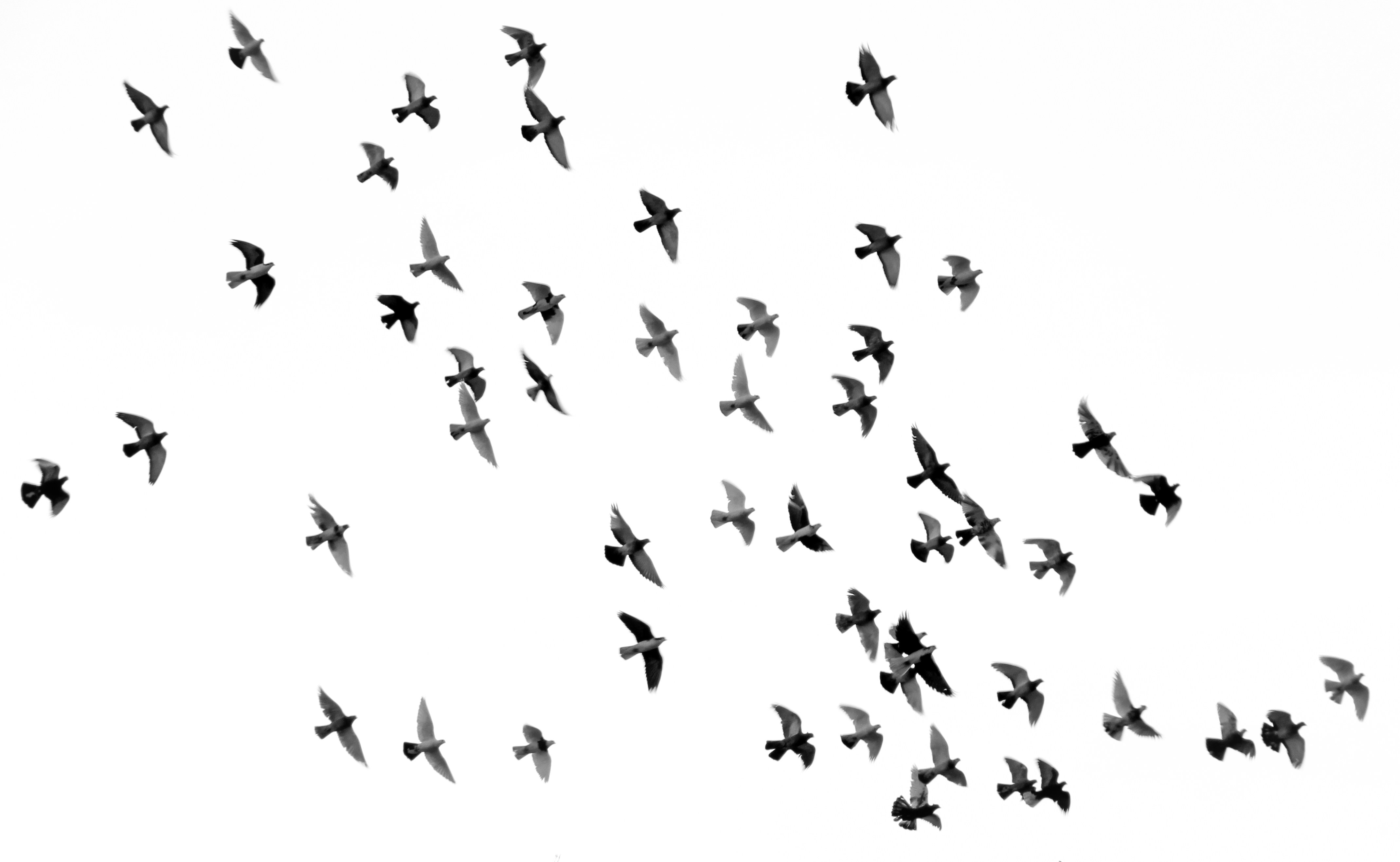
Waterfowl Nesting Habitat
The Critical Role of Nesting Habitat in Waterfowl Conservation
When we think of waterfowl—ducks, geese, and swans—images of wetlands, open water, and migratory flocks often come to mind. But one of the most crucial and often overlooked elements of waterfowl survival is nesting habitat. Without safe, suitable places to lay and incubate their eggs, even the healthiest populations of adult birds can face steep declines. In this post, we’ll explore why nesting habitat matters, the challenges it faces, and how conservation efforts can make a difference.
Why Nesting Habitat Matters
For waterfowl, nesting success directly influences population dynamics. Most species produce one clutch of eggs per breeding season, meaning that even small changes in nesting success can have outsized effects. Ideal nesting habitat provides:
Cover from predators – Tall grasses, dense shrubs, or isolated islands help conceal nests from raccoons, foxes, skunks, and even aerial predators like hawks and crows.
Proximity to water – After hatching, ducklings and goslings must quickly access water for food and safety.
Stable, undisturbed conditions – Frequent disturbance from humans or livestock can lead to nest abandonment or trampling.
In short, the quality of the nesting environment is often the difference between a successful brood and an empty nest.
Types of Nesting Habitat
Different waterfowl species rely on different nesting environments:
Upland grasslands – Critical for many dabbling ducks like mallards and northern pintails. These areas offer concealment and are often targeted by restoration efforts.
Wetlands and marsh edges – Used by species such as teal and shovelers, these sites are typically close to water but still require good vegetative cover.
Tree cavities – Wood ducks and hooded mergansers rely on mature trees near wetlands, where they nest in cavities or nest boxes.
Mossy tundra and coastal grasslands – Northern-nesting species like snow geese depend on these fragile and rapidly changing habitats.
Understanding these varied needs is key to protecting waterfowl across their range.
Threats to Nesting Habitat
Over the past century, much of North America’s nesting habitat has been lost or degraded due to:
Agricultural expansion – Conversion of native grasslands into croplands has removed vast swaths of nesting territory, especially in the Prairie Pothole Region (PPR).
Urban development – Increasing sprawl pushes wildlife into smaller, fragmented areas.
Wetland drainage – Though it directly affects wetland habitat, drainage also reduces nearby nesting cover and water access.
Climate change – Altered precipitation patterns and warming temperatures are shifting the timing and location of suitable nesting areas.
What Can Be Done?
Conservationists and land managers are actively working to address these challenges through:
Habitat restoration and preservation – Programs like the U.S. Conservation Reserve Program (CRP) and Ducks Unlimited’s initiatives help protect and restore native nesting cover.
Nest box programs – For species like wood ducks, nest boxes provide safe, predator-resistant alternatives where natural cavities are scarce.
Predator control and buffer zones – Managing predator populations and reducing human disturbance near key nesting sites can significantly boost nesting success.
Partnerships with private landowners – Since much of the best nesting habitat is on private land, collaboration is essential for long-term success.
Conclusion
The future of waterfowl depends not just on the wetlands they inhabit in winter or migration, but on the grasses, shrubs, and trees where the next generation is born. Protecting and enhancing nesting habitat is one of the most cost-effective and impactful steps we can take to ensure vibrant populations for generations to come.
At The Duck Camp there is nothing more important than protecting our resource through conservation efforts.